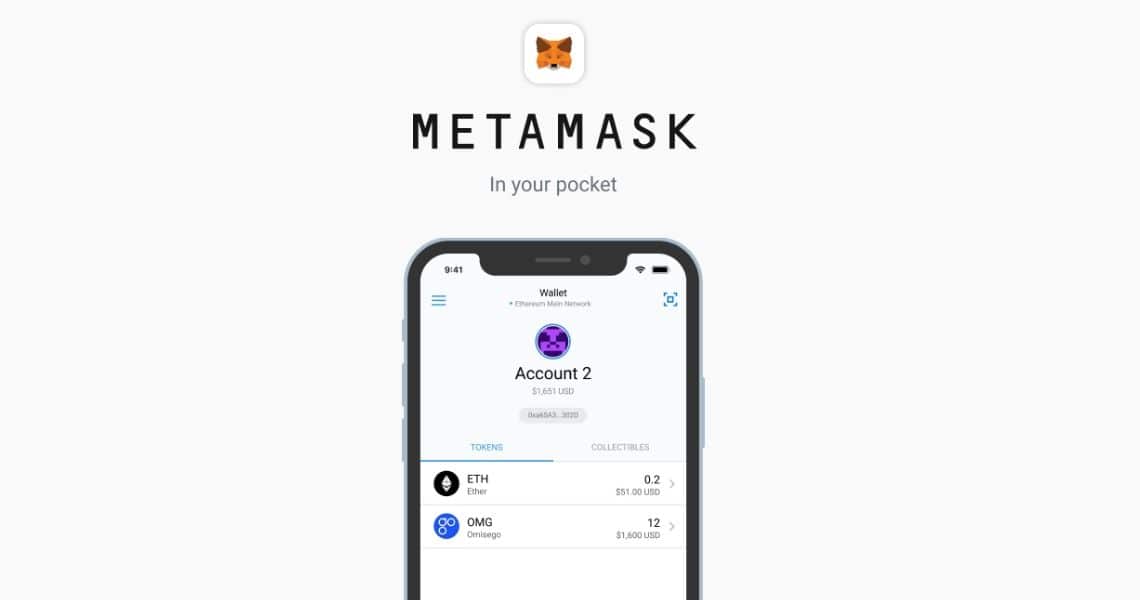MetaMask is a wallet for Ethereum which can be installed for free on many desktop browsers or in beta version for iOS and Android and, considering its importance for interacting with dApps, we have created a complete guide.
Ethereum is designed to allow the execution of code needed to run dApps, which are the decentralized applications on the blockchain that will form the web3. These applications are similar to the apps available on smartphones and can be used for a variety of purposes such as decentralized exchanges, financial instrument management, transaction anonymization, betting and gambling, and many other things.
Dappradar or State of the Dapps are websites that allow discovering the dApps available on Ethereum.
However, to use these dApps and interact with them, it is necessary to use a browser dApp such as MetaMask.
A complete guide to using MetaMask
The purpose of MetaMask is to simplify interaction with the Ethereum blockchain
To summarize, MetaMask can be used:
- As a common wallet to send and receive ether, the native currency of Ethereum;
- To manage ERC20 tokens;
- To connect directly to decentralized exchanges (DEX) without having to create new addresses;
- To use Ethereum dApps (e.g. Ethlend, MakerDAO, KyberSwap, etc…).
The novelties of MetaMask
The popular browser dApp has recently launched a contest on GitHub featuring a prize of 20 Ether, at the current exchange rate it is around 3000 euros, for the team that creates the best standard for meta transactions.
Meta transactions are a way to overcome the problem faced by new Ethereum users: after the creation of the wallet, users have an address with a zero balance. In order to avoid network spam, Ethereum requires that each account must have a minimum balance to pay transaction fees, necessary for any interaction with the network.
This represents a strong obstacle to the use of dApps: in order to have some ether on the wallet a user must access an exchange with all the necessary verifications, certainly not a fast procedure.
Furthermore, there may be someone else willing to pay the network fees, such as the dApp developer or a hypothetical DAO that promotes network adoption. This third-party transaction fee payment model is known as meta-transactions, as described in Austin Thomas Griffith‘s blog.
“Users don’t care about decentralization or private keys; they care about using your Dapp to do something important to them.”
The adoption of the Ethereum blockchain and its popularity is a problem also felt by MarketingDAO, the organization established at the Devcon of Ethereum last October and composed of over 50 marketing experts, designers and communication professionals with the clear goal of making Ethereum more popular.




